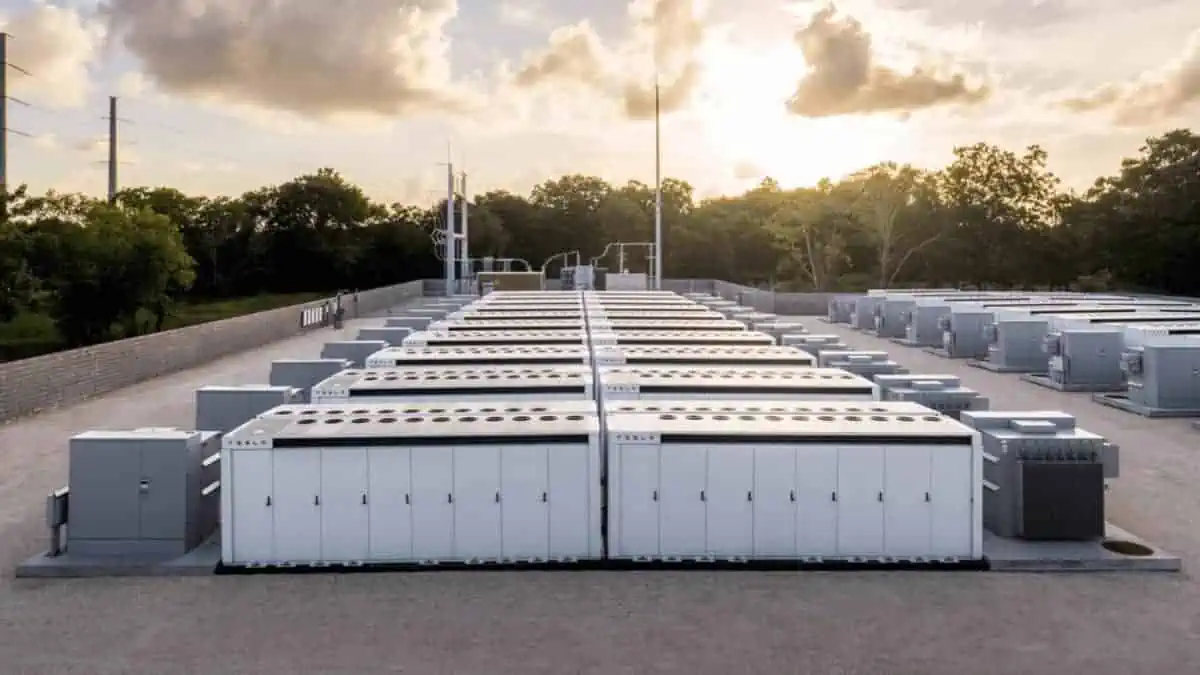Before buying an electric vehicle, some questions come to mind. Whether what would be the best brand, model, and price range you could have. Concerns also arise on different aspects such as the cold weather.
How does cold weather impacts your EV?
EV drivers may face a potential issue when it comes to freezing temperatures. As cold climate influence the vehicle’s range, the majority of EVs are sold to places in temperate or semi-tropical climates, as per Blink Charging.
EVs are most popular in Florida, California, and the south. Though it is not impossible to drive an EV in cold weather, it may take a little preparation.
Most are aware that vehicles lost some range in cold weather. However, some are not. EV batteries are said not to perform well in cold, causing charging times and range to suffer.
In addition, it is not only the battery that has problems. The increased energy required to run the heater, turn the wheels, and have the system going lessens the battery’s charge and affects the range.
Basically, more electricity is needed to maintain cabin temperatures and optimal battery.
How much range is lost?
Cold climate can lessen your EV’s range by up to 40%, according to AAA. For instance, an EV with 279 miles range could drive about 245 miles in cold weather.
In addition, loss jumps to 41% with the heater on full.
“Batteries are like humans,” said the Director of the University of Michigan’s Energy Institute, Anna Stefanopoulou.
She adds, “They prefer the same sort of temperature range that people do. Anything below 40 or above 115 degrees Fahrenheit and they’re not going to deliver their peak performance.”
Furthermore, loss of range also depends on the vehicle, battery, configuration, EV model, and features such as heated seats. Another would be on storage. If you park your EV in a garage that wouldn’t get cold, the battery has easier warming time before hitting the icy roads.
Some EVs deal with the cold better
A study by Recurrent Auto tested some top models and discovered varying results.
Some EVs handle the cold weather better than others. For example, Ford Mustang Mach-Eloses about 30% of its range, while select Tesla models lose only over 5%.
Tesla Model Y and other EVs are equipped with built-in heat pumps, which aid in maintaining ideal temperatures during charging and driving.
In addition, Tesla’s heat pump captures heat from the cabin and the motors, which circulates and warms up the vehicle’s batteries. This results in better heating and improved range.
Is there a way to work around the issue?
Purchasing an EV with a high range could be the first step.
“Typically, we warn new-car shoppers not to buy more vehicles than they need, whether that’s seats, cargo, room, or towing capacity,” says Jake Fisher, the senior director of auto testing at Consumer Reports.
“But in this case, EV buyers who drive in colder climates should strongly consider getting a car with a range about double what their daily driving needs are, so they’re not left stranded in a cold snap.”
Good planning, preparation, and care will keep your EV in great shape, and ensure that your car has the range it needs to get you from point A to B, regardless of temperatures.






